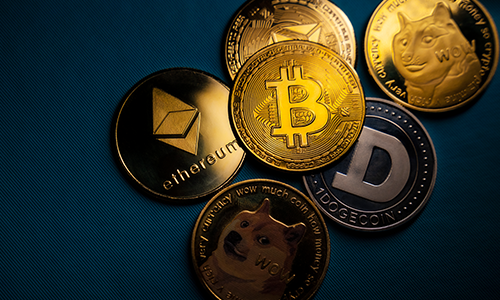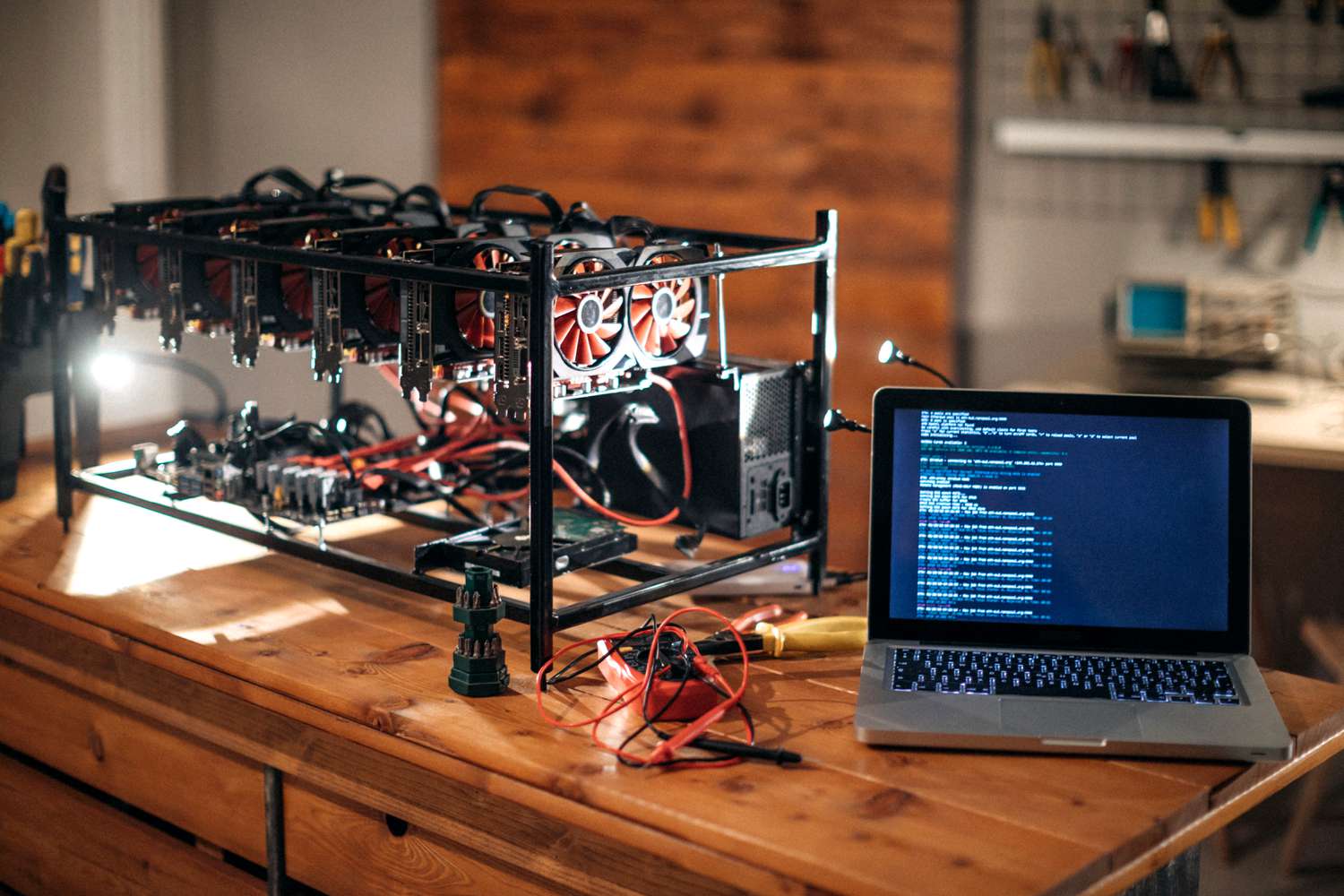Beyond the Usual Suspects: Exploring Other Big Cryptocurrencies
When people talk about cryptocurrency, Bitcoin, Ethereum, Solana, stablecoins, and meme coins often dominate the conversation. However, the crypto market is much broader and more diverse. Many other significant cryptocurrencies, often called “altcoins,” play crucial roles in the digital economy. These projects offer unique technologies, solve specific problems, and power vast ecosystems. Understanding these other big cryptocurrencies is essential for anyone looking to truly grasp the depth and potential of the crypto world. This article introduces some of these prominent altcoins and explains what makes them stand out.
Why Explore Beyond the Top Few?
While Bitcoin, Ethereum, and Solana are giants, focusing only on them misses a huge part of the innovation happening in crypto. Many other big cryptocurrencies offer:
- Specific Use Cases: They are designed for particular functions, like supply chain management, decentralized finance (DeFi) infrastructure, or data processing.
- Different Technologies: They use unique consensus mechanisms or network architectures to achieve better speed, lower fees, or enhanced security for their specific goals.
- Ecosystem Growth: Many power thriving ecosystems of decentralized applications (dApps) and services.
- Diversification: For investors, exploring these altcoins can offer diversification opportunities beyond the market leaders.
Understanding these projects provides a more complete picture of the crypto landscape.
Key Categories and Examples of Other Big Cryptocurrencies
Beyond the most common names, several categories of altcoins hold significant market capitalization and offer distinct value propositions.
1. Interoperability Chains: Connecting Blockchains
These cryptocurrencies focus on solving the “interoperability” problem, allowing different blockchains to communicate and share data seamlessly.
- Polkadot (DOT):
- What it is: Polkadot is a multi-chain network. It allows independent blockchains (called “parachains”) to connect and exchange data securely.
- Why it’s important: It aims to create a “web of blockchains” where different specialized chains can work together. This enhances scalability and functionality across the entire crypto space.
- Use Cases: Powers various dApps, DeFi projects, and specialized blockchains that need to communicate.
- Avalanche (AVAX):
- What it is: Avalanche is a Layer-1 blockchain platform. It aims to be fast, scalable, and secure. It features three core blockchains (X-Chain, C-Chain, P-Chain) for different functions.
- Why it’s important: It offers high transaction speeds and low fees. Its compatibility with Ethereum’s smart contracts attracts many developers.
- Use Cases: Popular for DeFi, NFTs, and enterprise blockchain solutions.
2. Smart Contract Platforms: Ethereum Competitors and Enhancements
While Ethereum leads, several other smart contract platforms offer alternatives or specialized features.
- Cardano (ADA):
- What it is: Cardano is a proof-of-stake blockchain platform. It emphasizes a research-driven approach and uses a layered architecture.
- Why it’s important: It focuses on security, scalability, and sustainability. It aims to be a robust platform for dApps and smart contracts.
- Use Cases: Supports DeFi, digital identity solutions, and various dApps.
- BNB Chain (BNB):
- What it is: BNB Chain (formerly Binance Smart Chain) is a blockchain ecosystem powered by the BNB coin. It is known for its fast and cheap transactions.
- Why it’s important: It offers an alternative to Ethereum with lower gas fees. It has a massive ecosystem of dApps, especially in DeFi and gaming.
- Use Cases: Used for transaction fees, staking, DeFi activities (like yield farming on PancakeSwap), and powering dApps within its ecosystem.
3. Oracle Networks: Connecting Blockchains to the Real World
Oracles are crucial for smart contracts. They bring real-world data onto the blockchain.
- Chainlink (LINK):
- What it is: Chainlink is a decentralized oracle network. It connects smart contracts to external data, events, and payment systems.
- Why it’s important: Smart contracts need real-world information (e.g., price feeds, weather data) to execute properly. Chainlink provides this data securely and reliably.
- Use Cases: Powers countless DeFi protocols, insurance products, gaming, and enterprise blockchain solutions.
4. Payment-Focused Cryptocurrencies: Fast and Cheap Transfers
These altcoins prioritize efficient and low-cost transactions, often competing with traditional payment systems.
- Litecoin (LTC):
- What it is: Litecoin is a peer-to-peer cryptocurrency. It was created as a “lighter” alternative to Bitcoin.
- Why it’s important: It offers faster transaction speeds (2.5-minute block times) and lower fees than Bitcoin. This makes it suitable for everyday payments.
- Use Cases: Used for merchant payments, cross-border remittances, and general digital cash.
- XRP (XRP):
- What it is: XRP is the native digital asset of the XRP Ledger. It is designed for fast, low-cost international payments.
- Why it’s important: It aims to facilitate rapid cross-border transactions for financial institutions and individuals.
- Use Cases: Primarily used for remittances, interbank settlements, and efficient value transfer.
The Evolving Landscape of Altcoins
The world of other big cryptocurrencies is constantly evolving. New projects emerge, and existing ones develop further. While the market leaders often grab headlines, these altcoins are quietly building the infrastructure and applications that will drive the next wave of crypto adoption. For users and investors, exploring these diverse projects offers opportunities to engage with innovative technologies and participate in the broader decentralized future.
Conclusion: A Rich and Diverse Crypto Ecosystem
Beyond Bitcoin, Ethereum, Solana, stablecoins, and meme coins, a rich and diverse ecosystem of other big cryptocurrencies continues to grow. These altcoins, whether focused on interoperability, smart contracts, real-world data, or efficient payments, are crucial for the crypto market’s overall health and innovation. By understanding their unique propositions and use cases, users can gain a deeper appreciation for the vast potential of the decentralized financial world.













Post Comment